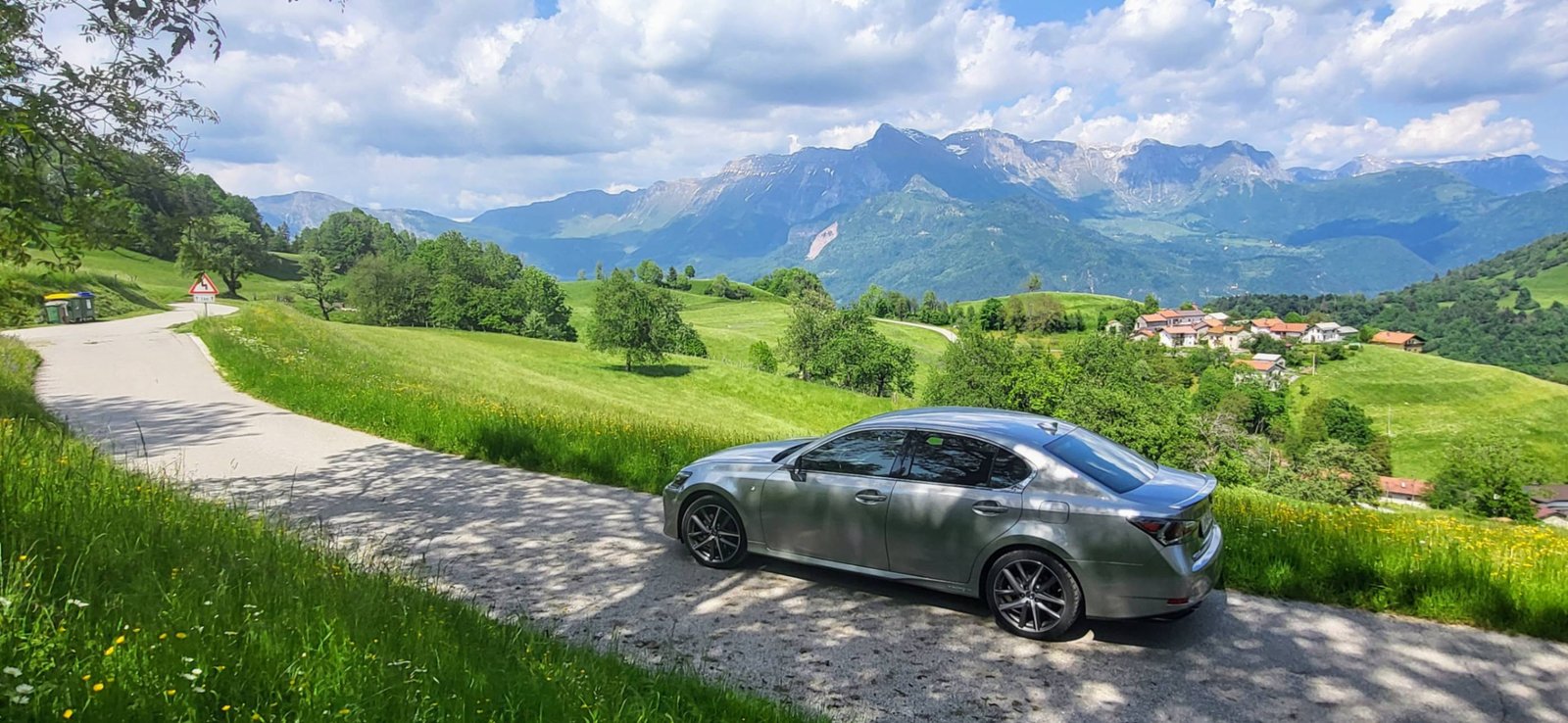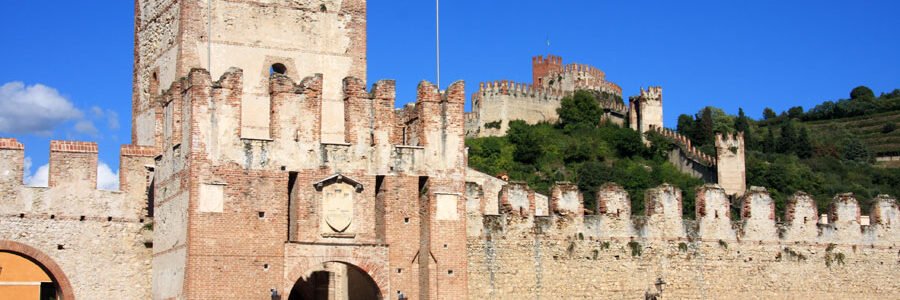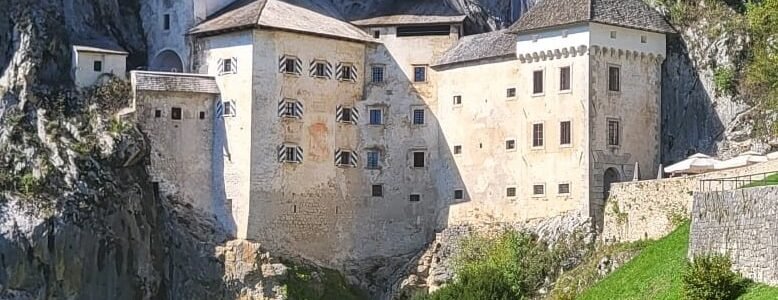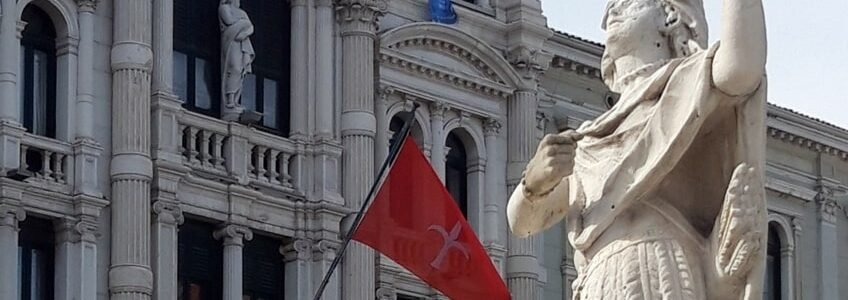The Best of Pula
What to See, Eat, and Know Before You Go
Pula’s City Center: Everyday Life Around Ancient Stones
Pula’s center is compact and easy to walk. From the Roman amphitheatre, most main sights are within 10–15 minutes on foot. The Forum is the central square and has been in use since Roman times. The Temple of Augustus still stands there, next to the city hall, and the area is surrounded by cafés and small shops.
Unlike some coastal towns, Pula isn’t fully tourist-oriented. People live and work in the old town — you’ll pass local bakeries, a fresh produce market, and regular residential buildings. The streets aren’t polished for visitors, but everything is safe and walkable. Signs are bilingual (Croatian and English), and it’s easy to navigate without a guide.
The Roman Amphitheatre: Visit Tips and Timing
Pula’s Roman amphitheatre is its most well-known landmark and among the best preserved of its kind. Built in the 1st century AD, it could seat up to 20,000 people. Today, it hosts concerts, screenings, and summer performances.
The site is open daily and the entrance fee is around €10. Early mornings and late afternoons are less crowded. Inside, you can visit the underground galleries with exhibits on Roman life and olive oil production. The exterior is accessible 24/7 and well-lit at night.
Eating in Pula: Simple, Local, Seasonal
Most restaurants serve Istrian and Mediterranean dishes: grilled fish, seafood pastas, truffle-based meals, and local wines. Konobas (traditional taverns) are often your best bet for a full dinner experience.
Try Bistro Alighieri for lunch in the center, or Konoba Boccaporta for dinner just outside the old town — especially convenient if you’re planning a private transfer from Pula to Ljubljana the next day. At the Pula Green Market, you can buy fresh produce, local cheese, and cured meats. Shops nearby sell regional olive oils and wines.
Coastal Walks and Public Beaches
Pula has a rugged coastline with rocky beaches and clear sea. Many locals go to the Verudela Peninsula, reachable by bus or car in 15–20 minutes. Havajka Beach and Ambrela Beach are public and free to access. Bring water shoes, as most entry points are stone or pebble.
Cape Kamenjak is about 30 minutes south and part of a protected area. It has wilder beaches, cliffs, and sea caves. There’s also a laid-back beach bar in the park. Entry requires a small fee per car or bike.
Museums and Indoor Options
For a cultural break, Pula offers several small but worthwhile museums. The Historical and Maritime Museum inside the hilltop fortress has panoramic views. The Museum of Contemporary Art of Istria features regional artists.
Zerostrasse, a tunnel system built during World War I, is open to the public and connects several points below the city — good for hot or rainy days.
Day Trips from Pula
If you’re spending more than two days in Pula, nearby towns like Rovinj, Fažana, and Medulin offer additional experiences within 30–40 minutes by car. Rovinj has a Venetian-style old town, Fažana offers ferry access to Brijuni National Park, and Medulin has a softer, sandy coastline ideal for families.
Public buses connect most of these places, though schedules can be sparse in the off-season. Renting a car or arranging a private transfer is more convenient if you’re planning multiple stops.
Getting to and from Pula
Pula has a small airport with seasonal connections to European cities. Buses connect Pula with Zagreb, Rijeka, and other parts of Istria.
Local Tips for Visitors
- Language: Croatian is official; English and Italian are common.
- Currency: Euro (since 2023). Cards are accepted, but carry some cash.
- Parking: Use designated lots. Street parking is limited and regulated.
- Season: June and September are ideal. July and August are busy but manageable.
- Markets: Best time to visit is early morning before 10:00.
Official Travel Information for Pula
You can find event details, updated opening hours, and local notices on the Pula tourism website, which is regularly maintained by the city’s official tourism board.
Why Pula Works for a Short Stay
Pula is easy to explore in a day or two. The city doesn’t overwhelm with options, but what it offers is authentic and close together: a Roman arena, good food, walkable coastlines, and everyday city life. If you’re looking for a base in southern Istria or a stop before continuing to Slovenia or inland Croatia, Pula is a practical and worthwhile choice.
The Best of Pula
Pula is a city where history stands in stone. Its Roman amphitheater still hosts summer events, while quiet streets wind past Venetian facades and Austro-Hungarian remnants. But beyond the monuments, Pula is also about seaside promenades, local seafood, and a laid-back rhythm that invites longer stays.
Many travelers reach Pula via a transfer from Ljubljana, making it an easy southern extension of a Slovenia itinerary. Others continue onward toward Rovinj or return north through coastal towns like Opatija.
- A direct ride to Istria’s historic hub
- What to see, taste, and explore in Pula
- Loop back north through Rovinj
- Another coastal stop with spa-town charm
- Combine coastal travel with Slovenia’s cave wonders
- Tailor your own coastal and cultural route
Roman arches meet the Adriatic breeze
The Arena is the headline, but Pula rewards wandering. The Forum, the Temple of Augustus, and local markets offer texture and pace. Beaches are close, sunsets come slow, and the food—anchovies, truffles, olive oil—is rooted in the land and sea around it.
- Ideal for travelers mixing culture with coastal relaxation
- Plenty of history without the crowds of bigger cities
- Walkable center, clear signage, and great local food
- Works well as part of a wider Istrian loop
- Custom transfers connect you to smaller inland or seaside towns
Not just a place to see—but a place to settle in
The best of Pula lives in the space between ruins, the sea, and a slow meal
For maps, events, and visitor tips, visit the Official Pula Tourism Site.
RECENT POSTS
- Bovec the Wild Way June 25, 2025
- Maribor From Within June 25, 2025
- Kranjska Gora Slower June 25, 2025





























































Leave a Comment